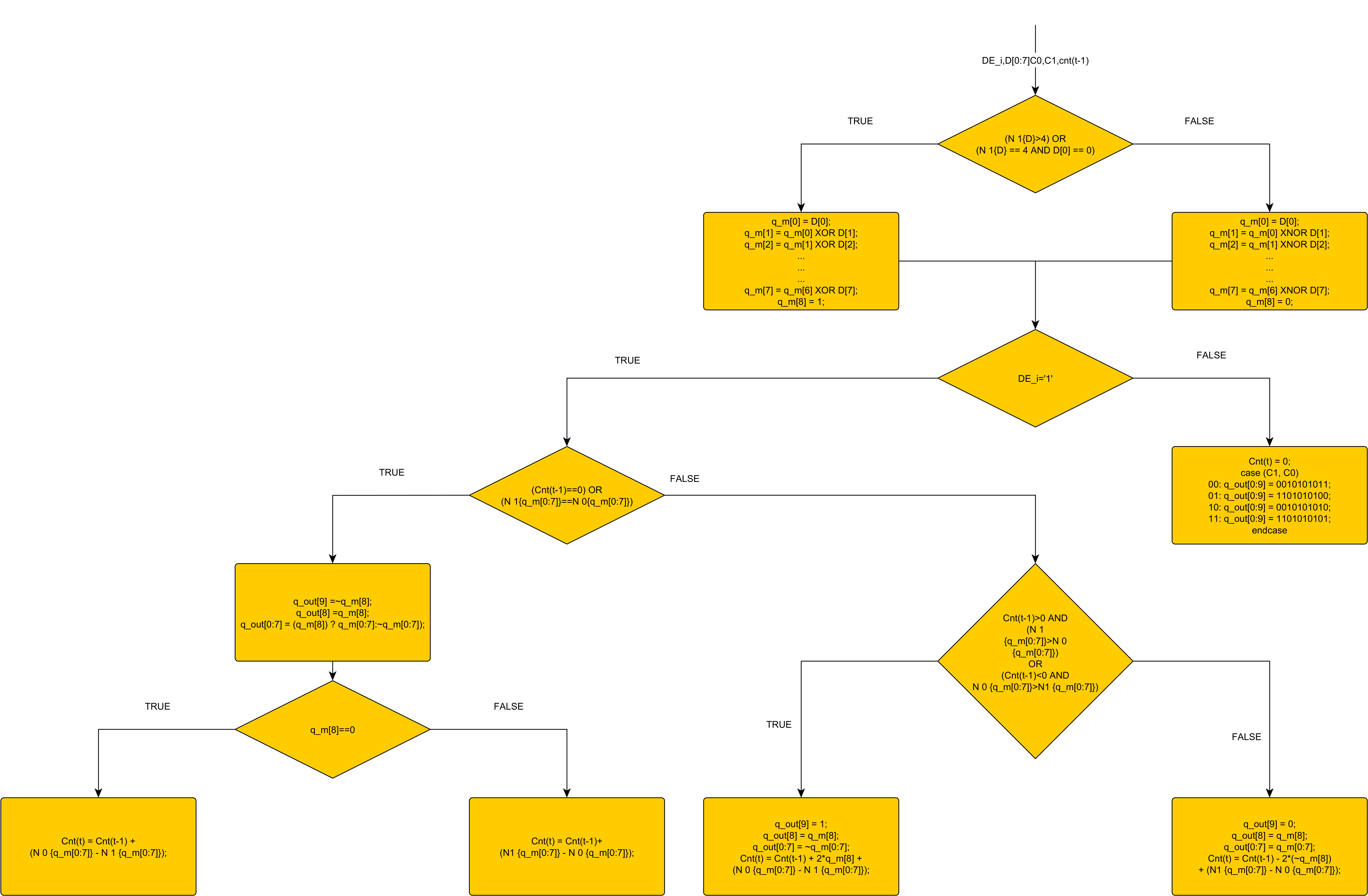HDMI Background Information
HDMI (High-Definition Multimedia Interface) is a digital video and audio interface that is electrically compatible with DVI. Its development began around 2002, and over the years, HDMI has evolved to support various resolutions and color formats. It is widely recognized for its Type A receptacle (shown on the right), and newer HDMI revisions can handle display resolutions exceeding 8K.HDMI Interface Design Basics
To design a basic HDMI controller, two key signals must be considered: the TMDS data lines and the TMDS clock signal. TMDS (Transition-Minimized Differential Signaling) is a specialized 8b/10b encoding algorithm designed to minimize signal transitions between 0 and 1, ensuring robust signal integrity. This encoding process adds two extra bits to the original 8-bit color data, making it more resistant to noise and transmission errors.This core will implement TMDS encoding in RGB format to maintain compatibility with the DVI standard.
Data Transmission Process
To transmit video data over HDMI:- The parallel RGB color data must be TMDS encoded.
- The parallel TMDS data must be serialized.
- The serialized TMDS data can be transmitted.
Video Timing Considerations
The video timing requirements for HDMI are largely similar to those of a VGA timing controller. However, a key difference is that the back porch and front porch regions, which were essential in VGA for CRT displays, are no longer technically required in HDMI. Instead, these intervals can be utilized for transmitting additional data, such as audio signals.

